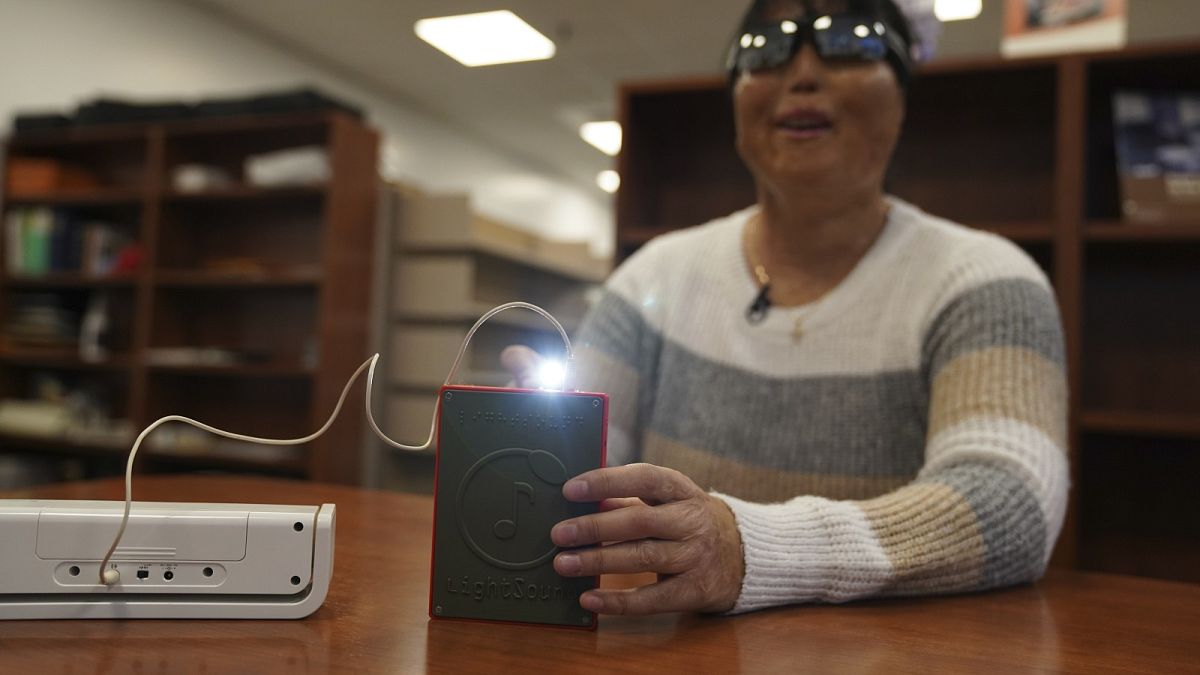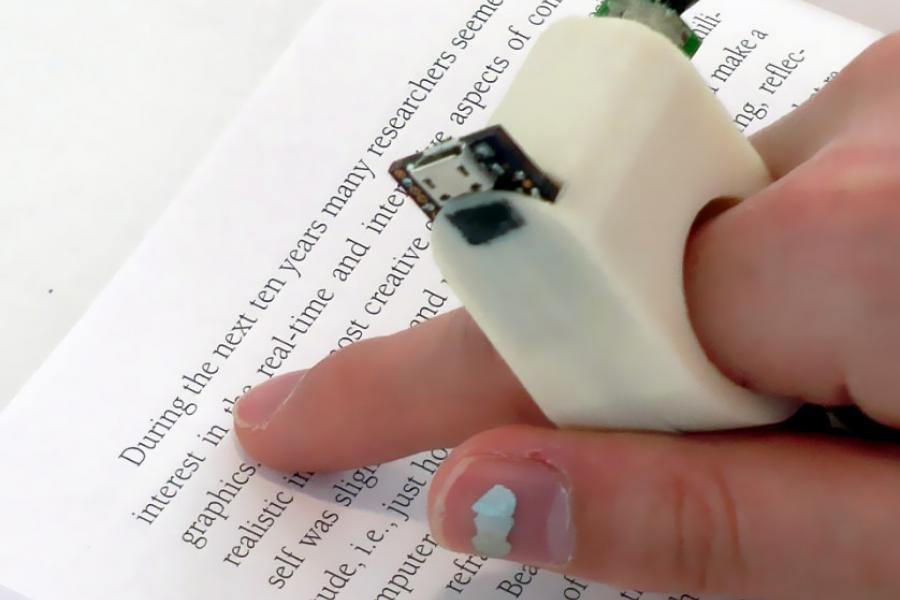Empowering Self-reliance With Assistive Technology for the Blind
The assimilation of assistive technology into the lives of people with aesthetic problems represents a substantial innovation in advertising independence and self-sufficiency. From cutting-edge screen visitors to advanced clever walking sticks, these tools not only boost everyday navigating and interaction however also empower individuals to engage meaningfully in numerous facets of life. As we check out the myriad benefits and real-world applications of these innovations, it comes to be vital to analyze the underlying factors that add to their efficiency and the potential for future developments in this vital area.
Introduction of Assistive Modern Technology

The growth of assistive innovation is based in concepts of inclusivity and empowerment. Technologies in software program, hardware, and sensory improvements supply customers with alternatives tailored to their details needs. From display viewers that convert text to speech, to tactile tools that communicate info through touch, these tools change the means individuals involve with their surroundings.
Along with sensible applications, assistive modern technology promotes better social incorporation and involvement in different fields, consisting of education and work (Assistive technology for the blind). As r & d remain to advance, the possibility for assistive innovation to further enhance the lives of visually impaired people remains promising, leading the means for an extra equitable culture where everyone can prosper
Kinds of Assistive Devices
A range of assistive tools have actually emerged to sustain individuals with aesthetic problems, each created to satisfy specific demands and improve everyday functioning. These tools vary from low-tech options to state-of-the-art advancements, giving varied alternatives for customers.
Low-tech devices include magnifiers and large-print products that assist in analysis and writing. Braille tools, such as Braille slates and styluses, enable tactile reading and communication. Orientation and flexibility aids, like white canes, assist customers navigate their setting securely.
On the greater end of the range, electronic magnifying systems and screen readers use significant support. Digital magnifiers enable customers to enlarge message and images on displays, while screen viewers convert digital web content right into manufactured speech, promoting access to details on smart devices and computers.
Smart device applications additionally play an essential duty, offering functions like text recognition and navigation assistance. Wearable innovation, such as wise glasses equipped with increased reality, is becoming an encouraging tool to enhance situational understanding.
Advantages of Assistive Technology
The assimilation of assistive modern technology significantly enhances the lifestyle for individuals with visual impairments. These modern technologies equip individuals by advertising freedom, allowing them to browse their atmospheres better and carry out everyday jobs with better simplicity. Display readers and zoom software program allow individuals to accessibility digital information, promoting educational and specialist chances that may have formerly been out of reach.
Moreover, assistive tools such as smart canes and general practitioners applications provide real-time navigating help, enhancing movement and safety and security. This raised freedom not just boosts self-worth however additionally encourages social interaction, allowing individuals to get involved more totally in their neighborhoods.
Assistive modern technology likewise promotes interaction, assisting customers attach read the full info here with others through voice acknowledgment and text-to-speech applications. This capacity is vital for maintaining relationships and accessing critical information.
Furthermore, the personalization choices available with numerous assistive innovations guarantee that customers can customize gadgets to their certain demands, further enhancing functionality and performance. Generally, the benefits of assistive technology for people with aesthetic disabilities are extensive, promoting a much more comprehensive society where everyone can pursue their ambitions and objectives.
Study and Success Stories
Highlighting the transformative influence of assistive innovation, numerous study highlight just how people with visual impairments have efficiently integrated these devices into their day-to-days live. One engaging example includes an university student who made use of screen analysis software application to browse scholastic materials and on the internet resources effectively. This modern technology not only promoted her education but additionally improved her self-confidence in participating in conversations and group projects.
An additional case study features a specialist that employs a smart device application made for navigating why not check here and object recognition. By utilizing this application, he has actually reclaimed autonomy in both his personal and workplace, permitting him to commute individually and involve with coworkers extra properly.
Furthermore, a senior citizen shared her experience with braille e-readers, which allowed her to access a large variety of literary works and stay linked with her neighborhood via publication clubs.
These success stories underscore the important duty of assistive innovation in promoting independence, boosting lifestyle, and promoting social assimilation for individuals with aesthetic problems (Wearable technology for low vision). By accepting these innovative devices, customers can conquer challenges and seize opportunities that add to their individual and expert satisfaction

Future Fads in Assistive Modern Technology
Advancement in assistive modern technology is poised to redefine the landscape of assistance for individuals with aesthetic problems. Emerging patterns emphasize the integration of artificial knowledge (AI) and artificial intelligence, which improve the performance of gadgets that assist with navigation and info access. As an example, AI-driven applications are now efficient in translating visual data in real-time, making it possible for users to engage with their atmosphere much more individually.
In addition, the development of wearable modern technology is progressing rapidly. Smart glasses furnished with increased fact (AR) can provide audio descriptions of environments, transforming how individuals connect with public areas. These devices not just promote freedom however also foster social inclusion.
In Addition, the Net of Things (IoT) is making homes smarter, allowing for seamless connectivity in between assistive devices and daily devices. This connection encourages customers by enabling automated reactions and voice-activated controls customized to specific demands.
Verdict
To conclude, assistive technology plays a critical duty in equipping people with visual impairments by improving their independence and engagement with their environments. The varied variety of applications and tools readily available not only assists in navigating and communication yet likewise promotes social combination and opportunities for individual and expert growth. As advancements proceed in this area, the capacity for enhancing the lifestyle for those with aesthetic disabilities will certainly next page increase, fostering greater freedom and empowerment.
